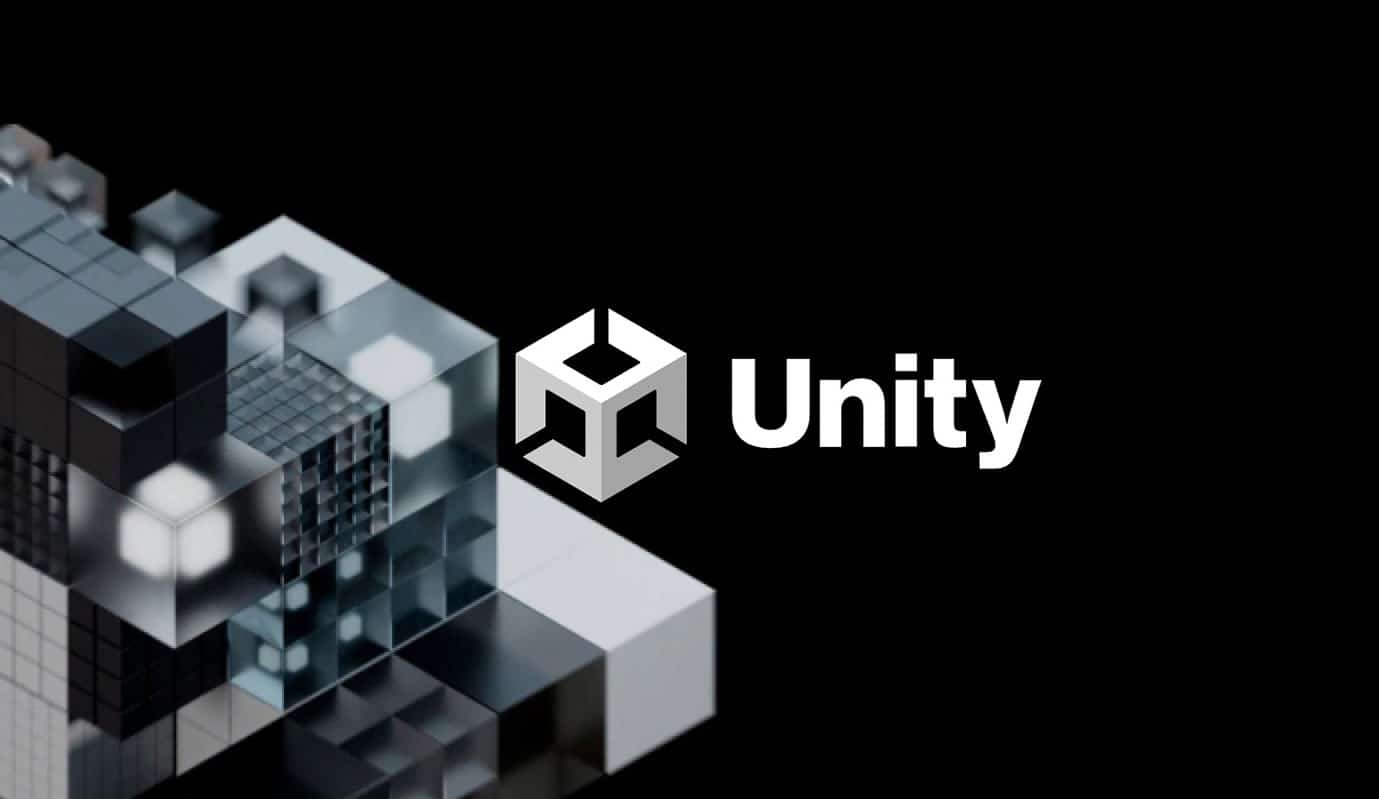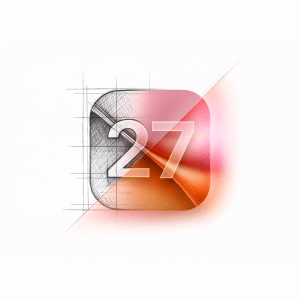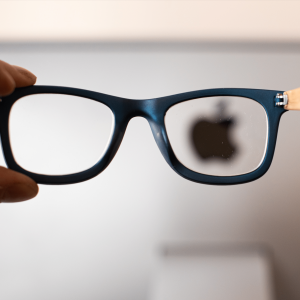The PolySpatial platform, developed in partnership with Apple and introduced at this year’s Worldwide Developers Conference (WWDC), delivers workflows familiar to developers experienced with the Unity Engine. This approach aims to minimize difficulties in the development process.
Unity combines its authoring and simulation capacities with RealityKit’s managed app rendering to provide a consistent content experience. PolySpatial grants access to technologies like pass-through and Dynamic Foveated Rendering, alongside popular Unity features like AR Foundation and XR Interaction Toolkit.
Unity Create’s president, Marc Whitten, explained to TechCrunch that the platform’s design involved a ground-up approach to ensure the seamless unlocking of capabilities for creators.
The process, he explained, included allowing a Unity application to exist in shared spaces with other applications, and integrating with RealityKit and visionOS.
He elaborated: “It’s not just ‘you can put Unity up in the slate’ (which is supported on day one), but you can actually put it inside of real space and with other experiences at the same time — whether they’re Unity, RealityKit or other Apple experiences.”
Crucially, PolySpatial enables porting of existing games to visionOS. For instance, “What the Golf?”, a crowdfunded game originally published on the Apple Arcade subscription service, is currently being ported to visionOS using PolySpatial.
Mike Rockwell, Apple’s Vice President of the Vision Products Group, has expressed his excitement, acknowledging the vast community of developers who have been using Unity’s robust authoring tools to build remarkable 3D experiences. He is looking forward to them creating apps for Apple Vision Pro.
Unity-based apps and games can run natively on Apple Vision Pro, gaining access to cutting-edge visionOS features, including low latency pass-through and high-resolution rendering. This empowers Unity developers to fully leverage the powerful and unique functionalities of Apple Vision Pro, and Rockwell eagerly anticipates the fantastic experiences that will be created.

Although Unity has not yet declared a date for PolySpatial’s public release, developers who registered for the beta will receive early access in waves, a process that has already started. More details can be found on Unity’s spatial webpage.
Unity Technologies
Established in 2004, Unity Technologies is a software company known for developing Unity, one of the most widely used game engines in the world. The company has a significant footprint in the game industry, providing a development platform for a vast number of both indie and AAA games.
Unity’s accessible interface, powerful tools, and robust asset store have positioned it as a preferred choice among game developers. Moreover, the engine’s compatibility with multiple platforms, including Windows, MacOS, Android, iOS, and various gaming consoles, has further solidified its universal appeal.
The Unity game engine excels in 3D environments, allowing developers to create detailed and immersive experiences with relative ease. It employs a component-based system which enables developers to construct and manipulate 3D objects in an intuitive manner. Moreover, it comes with physics engines, enabling realistic interactions within the game world.

The engine also supports various forms of shading and lighting, adding a layer of realism and visual appeal to the games. In addition, it supports a variety of assets and textures, granting developers the freedom to create unique aesthetics.
Beyond its gaming applications, Unity has proven its versatility by extending its benefits to various industries including automotive, film, architecture, engineering, and construction.
It has been used for virtual reality (VR) and augmented reality (AR) applications, simulations, and interactive 3D visualizations, demonstrating its broad utility in today’s digital landscape.

Its ability to deliver real-time 3D experiences, paired with its robust tools for creating interactive, user-driven experiences, has made Unity a cornerstone of the modern digital media industry.













